Over the years, I’ve seen people compare the Galactic Empire to the Nazi regime. However, I find this to be somewhat inaccurate. Sure, there are some aesthetic elements that were inspired by the Nazis—such as the uniforms, which were modeled after a combination of World War I German military attire and Nazi-era uniforms. The name Stormtrooper was also borrowed from the Sturmtruppen, elite German shock troops used during WWI.
George Lucas aimed to convey an authoritarian, totalitarian, and fascist aesthetic in Star Wars, so he incorporated those design inspirations into Imperial uniforms, technology, and architecture. The Imperial cog symbol, stamped on nearly everything from uniforms to ships, echoes the way the swastika was omnipresent in Nazi iconography. Some have claimed that Darth Vader’s helmet resembles that of a Nazi soldier’s, but in fact, it was a blend of samurai helmets, WWII-era gas masks, and German Stahlhelme (steel helmets).
And that’s where I feel the similarities end.
The British Empire and the Galactic Empire
In many ways, the Galactic Empire more closely resembles the British Empire. British soldiers during the 17th–19th centuries wore their iconic red coats, a design choice born partly out of the cost-effectiveness of red dye. Similarly, the Empire favored mass production over quality, outfitting its legions in quickly-produced plastoid armor—just like the clone troopers before them. This armor was primarily resistant to shrapnel and slugthrowers, but notably ineffective against blaster bolts.
British redcoats wore their uniforms not just for practicality, but to project unity, order, and strength. The Imperial stormtroopers serve a similar function: a show of dominance and presence. The image of stormtroopers patrolling the streets of an occupied world evokes the same feeling as redcoats marching down the roads of a colonial city—a visible symbol of control.
Another parallel is the British accent commonly heard among Imperial officers. While this choice was partly made for cinematic reasons, it subtly reinforces the image of the Empire as a cold, aristocratic force.
Colonialism is a major point of comparison. The British Empire colonized the Americas, parts of Asia, Africa, and Australia—extracting resources and subjugating local populations. Likewise, the Galactic Empire brought its industrial machine to countless worlds, stripping them of resources, enforcing loyalty, and brutally cracking down on dissent—all in the name of “order.”
One more anecdotal similarity: I recall reading that stormtroopers would march past their fallen comrades on the battlefield without stopping—pressing the attack to maintain their intimidating presence. British soldiers were said to do something similar, continuing their advance without acknowledging their dead to maintain an illusion of unbreakable might.
American Imperialism and the Galactic Empire
George Lucas has openly said that the Galactic Civil War was inspired by the Vietnam War. The Rebel Alliance represents the Viet Cong: a loosely organized but passionate resistance fighting against a technologically superior occupying force. The United States military, with its overwhelming technological advantage, reflects the Galactic Empire in this analogy.
Both conflicts reflect a clash of ideologies: one side (the Empire or the U.S.) seeks to impose order and control, while the other (the Rebels or the Viet Cong) fights for freedom and self-determination. This was Lucas’s way of flipping the script—casting the mighty empire (in our case, America) as the villain and the scrappy insurgents as the heroes.
On Genocide and Suppression
One of the key distinctions between the Galactic Empire and the Nazi regime lies in intent. To my knowledge, the Empire never systematically committed genocide based on race, religion (except arguably the Jedi), personal identity, or ideology. The destruction of Alderaan by the Death Star was an act of terror meant to instill fear and suppress rebellion, not a racially motivated genocide. In that sense, it bears a closer resemblance to the U.S. dropping atomic bombs on Hiroshima and Nagasaki—intended as a decisive blow to end resistance, rather than as an extermination campaign.
That said, the Empire did enforce humanocentrism. In both canon and legends, non-human species were often considered second-class citizens or enslaved entirely. The Wookiees, for example, were taken from Kashyyyk and forced into labor on Imperial projects like those on Kessel (per Legends sources). This echoes the history of transatlantic slavery, in which Africans were forcibly removed from their homelands and made to work in brutal conditions in service of imperial economies.
Final Thoughts
Yes, the Empire drew some inspiration from Nazi Germany—especially in visuals and propaganda design. But when examining its structure, objectives, and behavior, I believe it more closely resembles the British and American empires. The themes of colonization, military might, technological dominance, and the pursuit of “order” all align more closely with modern imperial histories than with 1930s fascism alone.
But those are just my thoughts. What do you think?
